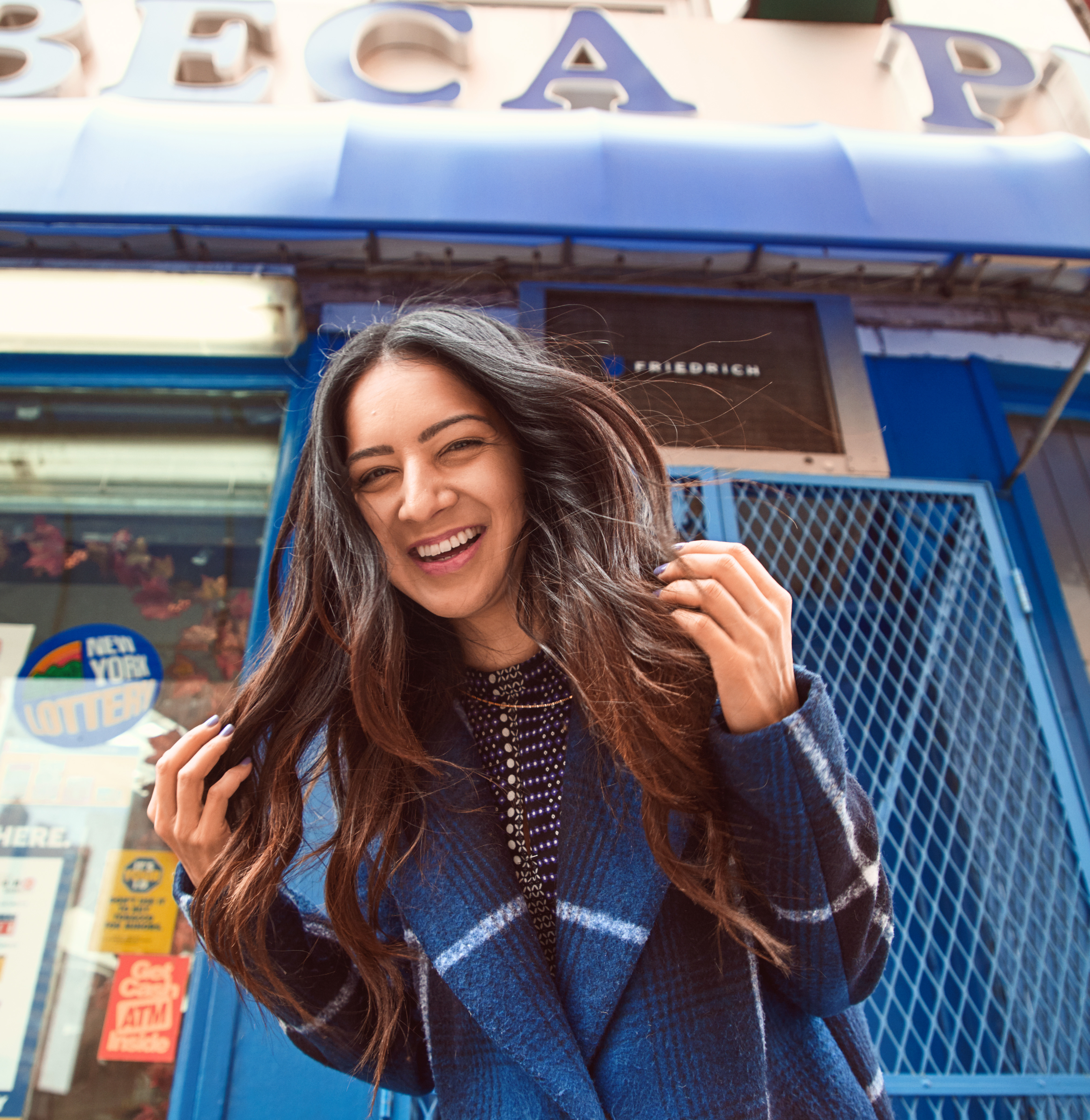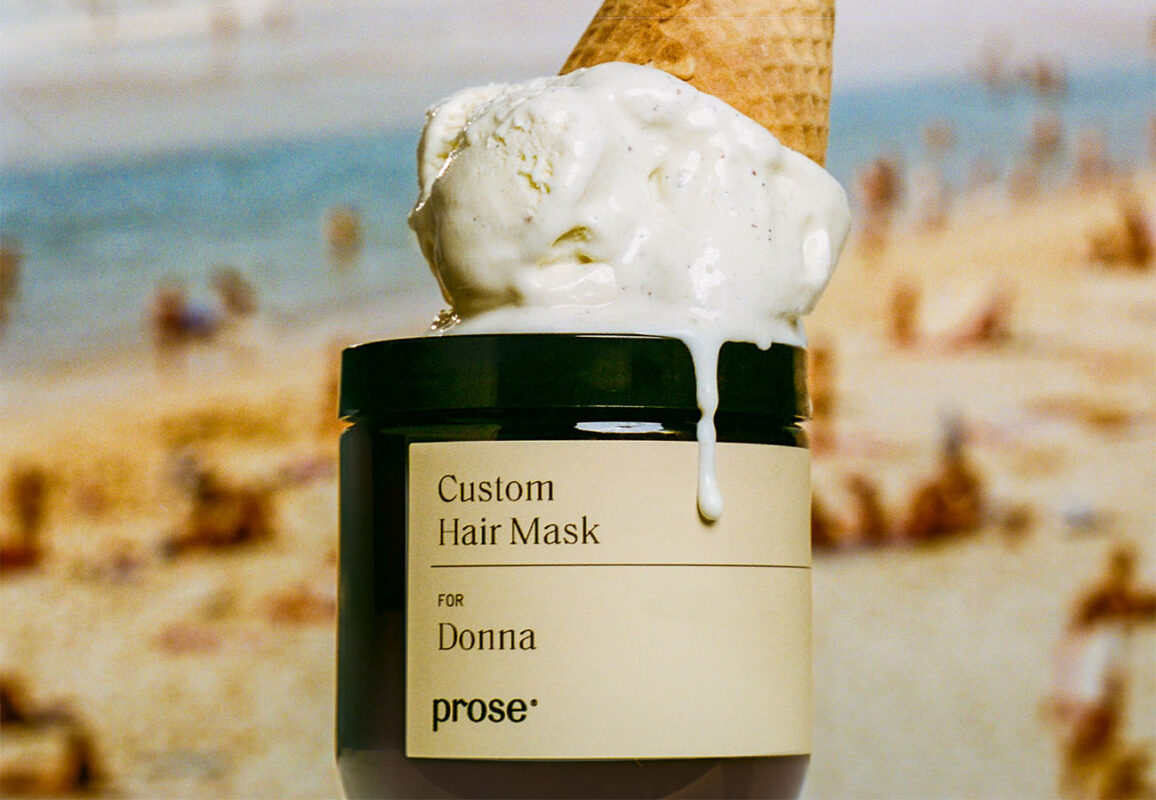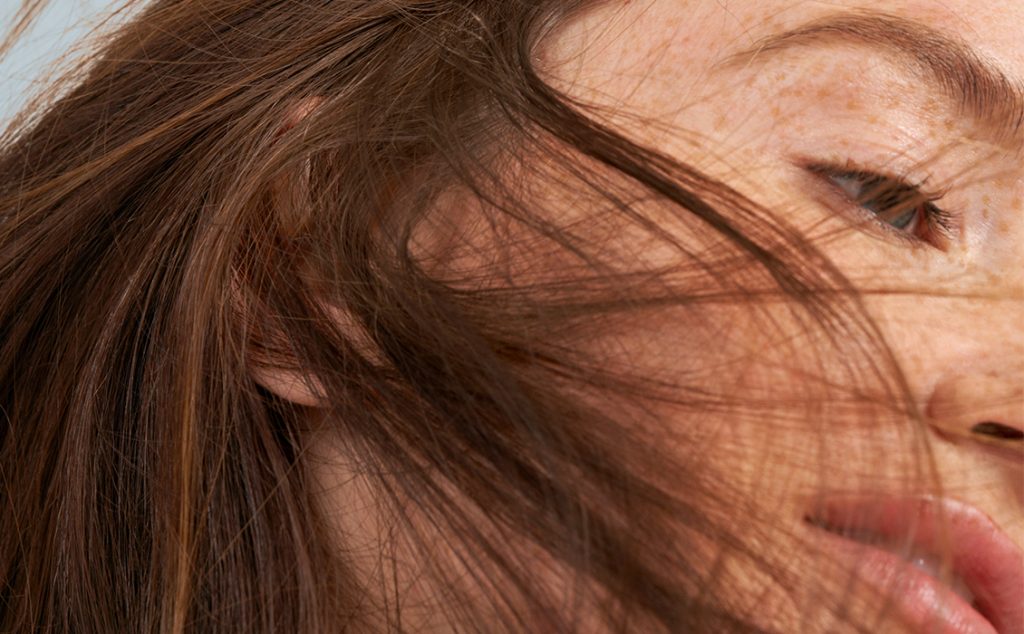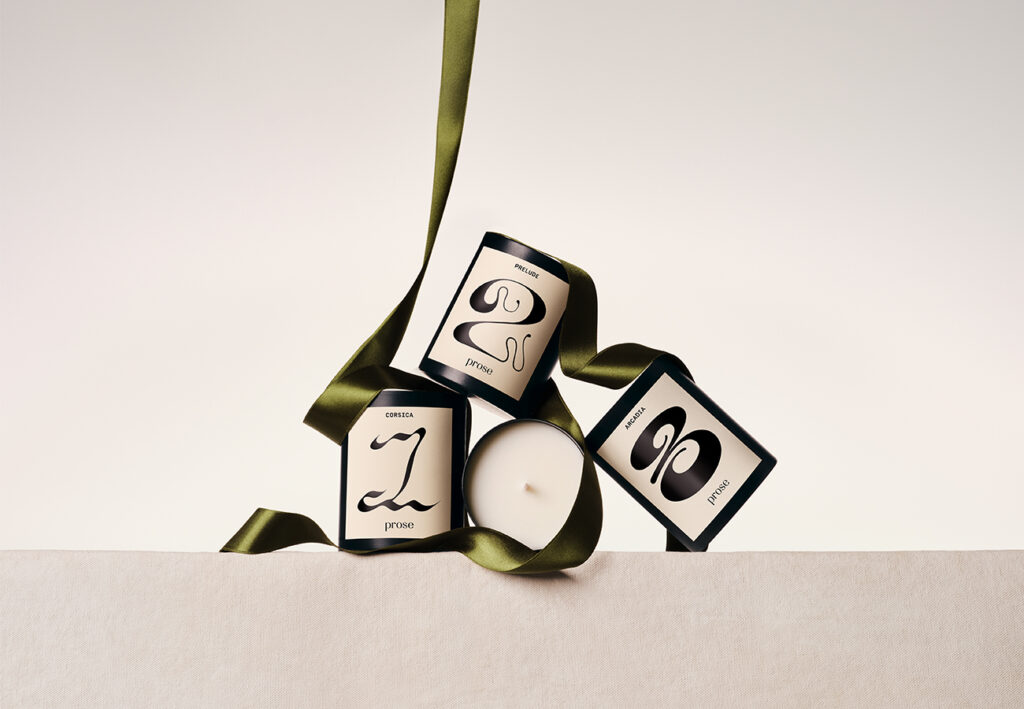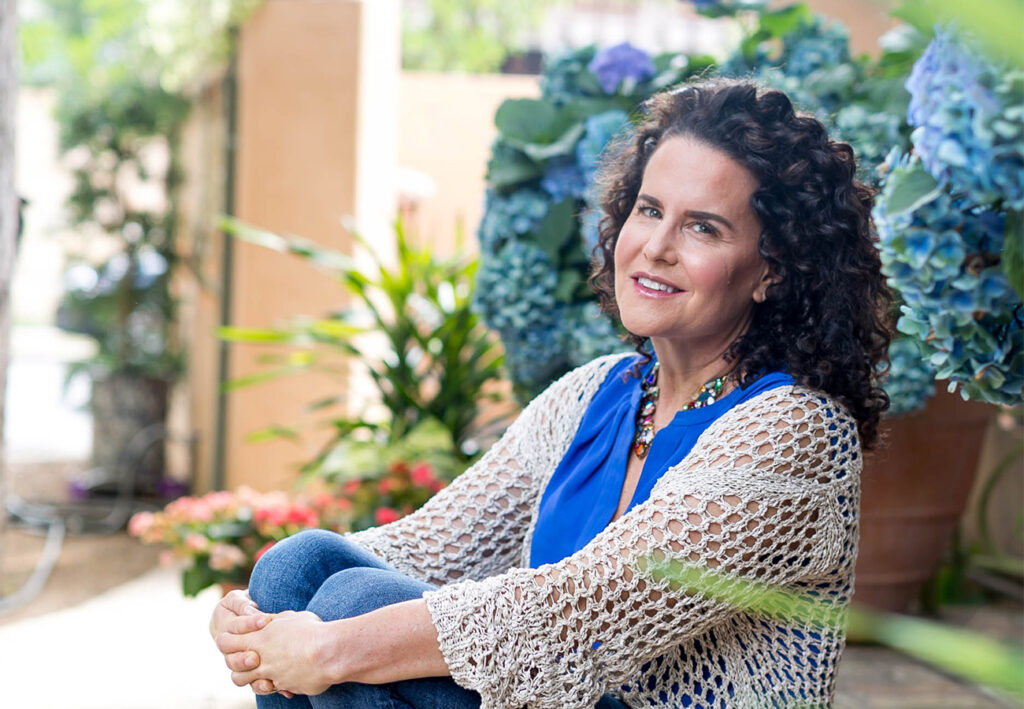Chapter 1: Three Cultures, One Head of Hair
If you cut your hair, it will grow thicker and healthier. Or at least, that’s what my mom believes. When I was a kid, she would cut my hair super short, like a boy cut. People used to confuse me for a boy. (Hello! I’m a girl!) But I understand why she did that. My mom is originally from Pakistan, and the Pakistani believe cutting hair will make it stronger. There’s even a tradition of shaving your baby’s head, so that, one day, their hair will grow in thick and strong. She’s always telling my brother to do that with my baby niece, and his Puerto Rican wife is like “no, thank you!” It’s a cultural clash.
I have always been very into hair, but my parents didn’t think too much about it. Where they grew up, it wasn’t a part of the culture to try to stand out or be individualistic with your style the way it is here in the West. My parents immigrated to Canada from Pakistan. My dad grew up in a small village, surrounded mostly by women who wore Hijab, so hair really doesn’t register for him. My mom’s approach to hair was more utilitarian than beauty-oriented. She sticks to the same tried and true hairstyle —always tied up in a ponytail, never longer than her shoulders. As a mother and homemaker, she had other priorities that took precedence over fussing with hair. I understand her approach, but I’m the opposite with my hair — I never wear a ponytail and I love length. We’re opposites in that sense.
I often feel torn between the East and West. I went to Pakistan last fall and fell in love with how the women wore their hair there — in thick, long braids. My grandmothers are both totally gray, yet both have thick, luscious hair that they wear in braids, and it’s just so beautiful. I don’t understand how they have such thick hair at that age! That is hair goals. One of my grandmothers puts henna in her hair, so her braids are fiery red, which is really striking. I’m tempted to do the braids myself, but I just don’t think that look packs the same punch here in the west. And similarly, what is considered “beautiful” or “in style” here in America would not fly in Pakistan.
Chapter 2: I’ll Try Anything Once
As soon as I was old enough to do my own hair, I started experimenting with different hairstyles. I went through a phase of fashion where I felt like curly hair made more sense and better matched the overall style I was going for, so I started getting perms. I was in love with curls. Looking back, I kind of have to laugh, but back in the day, I adored those perms. I think it sadly damaged my hair, but hindsight is always 20/20. I experimented with different colors and cuts — dyeing my hair red, cutting bangs. I’ll try anything once. Or twice! I won’t write something off forever. For instance, I got bangs and didn’t love them, but a few years later, I tried them again. Why not, right?

My mom supported my hair risks, even though she didn’t participate in them herself. I remember she used to take me to the salon, and I’d sit in the chair and ask for blonde hair or a perm or whatever look I was going for. She paid hundreds of dollars to pay for my hair transformations. Years of hair experimenting caused my hair a bit of damage, though, and it’s made me a perfectionist with hair. I can’t stand seeing split ends! I have to trim my hair regularly to keep it healthy and split-end-free. I also experiment with various types of hair care. I especially love researching ancient eastern remedies. It’s believed in Pakistani culture that castor oil makes hair hair grow long and strong. Another tradition in Southeast Asia is to use mustard oil, which is supposedly vitamin-enriching for hair.
I’m still pretty spontaneous and risk-taking when it comes to hair. It’s a part of my life where I feel like I can really experiment. And yet, my favorite hairstyle I’ve ever had was long and straight. My goal is to get back to that long, shiny, and straight hairstyle that made me so happy. Long hair makes me feel powerful, almost like a superhero.
Chapter 3: It’s More Than Just Hair
I know this may sound a little out there, but I really think my hair has a huge impact on my mood and my happiness. If I have a bad hair day, it’s pretty hard not to have a bad day, too. Hair just weighs on me heavily — whether it’s good or bad. I absolutely love the feeling when my hair does what I want it to.
I think a lot about a certain time in my life where many things were going right. I had just rented this new apartment in Williamsburg that I loved, my job and career were really strong, and it was just an overall happy time. My hair was long, shiny, and healthy, and I think I associate that hairstyle with happiness now. Who knows if my hair led me to happy times or if happy times led me to love that hairstyle, but I have a positive association with long hair now. I’d love to get my hair long again. It’s growing!
Chapter 4: My Hair is Me
Honestly, I’m a little obsessed with hair. My friends joke about it, but it’s just something I think and care a lot about. I don’t think my hair is perfect, in fact, I can be hyper critical of it, but I’m obsessed with learning about new ways to style it, maintain it, and just experimenting with it. Beyond that, I also feel my hair is so much of who I am as a person. It’s a manifestation of my personality, my character — essentially me. In large part, what I want for my hair mirrors what I want for my life. I want my hair to be long, healthy, shiny. In a way, that’s what I want for my life — for it to be long, healthy, and, ok maybe not shiny, but happy.
More about our Down to the Root series:
Hair is a large part of our identity. No matter if you wear your hair long, short, straight, curly, loc’ed, natural, or have none at all.
Our relationship with our hair has ups and downs, triumphs and struggles, all of which are reflected in who we are today.
Hair is often a direct link to our heritage, passed down from generation to generation and worn as a crown on our head. Or, is it a cross to bear?
In the first edition of our Down to the Root series, we share intimate stories of acceptance, personal history, and coming of age from real people. While each is truly unique, the common thread is the emotional impact that culture, both here and abroad, has had on their hair story.

